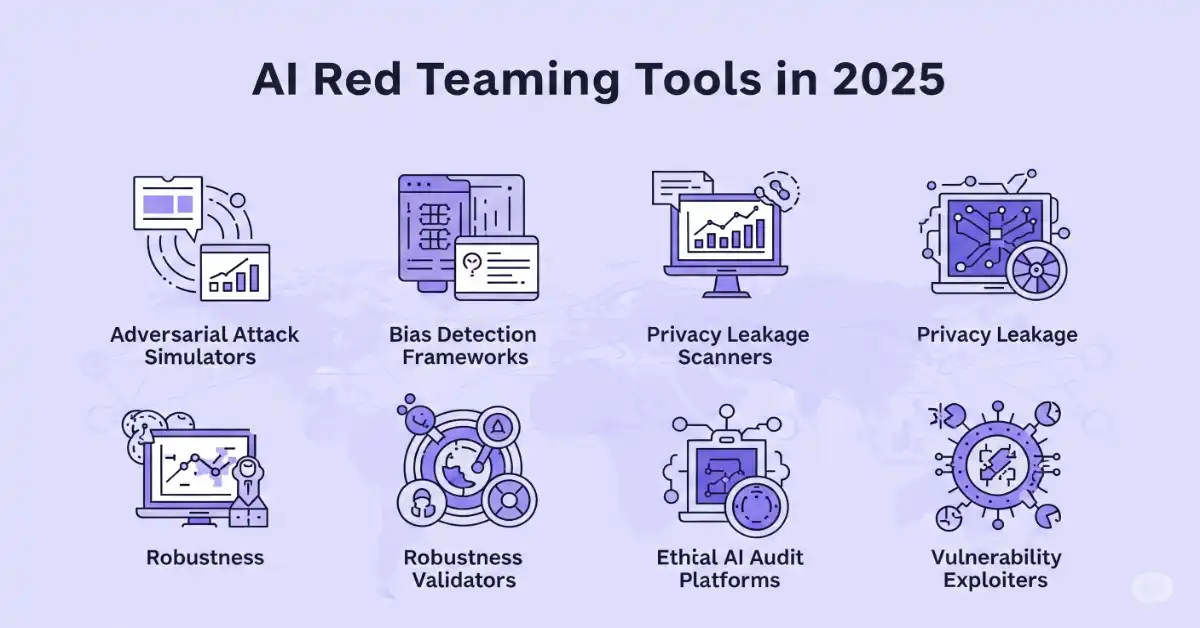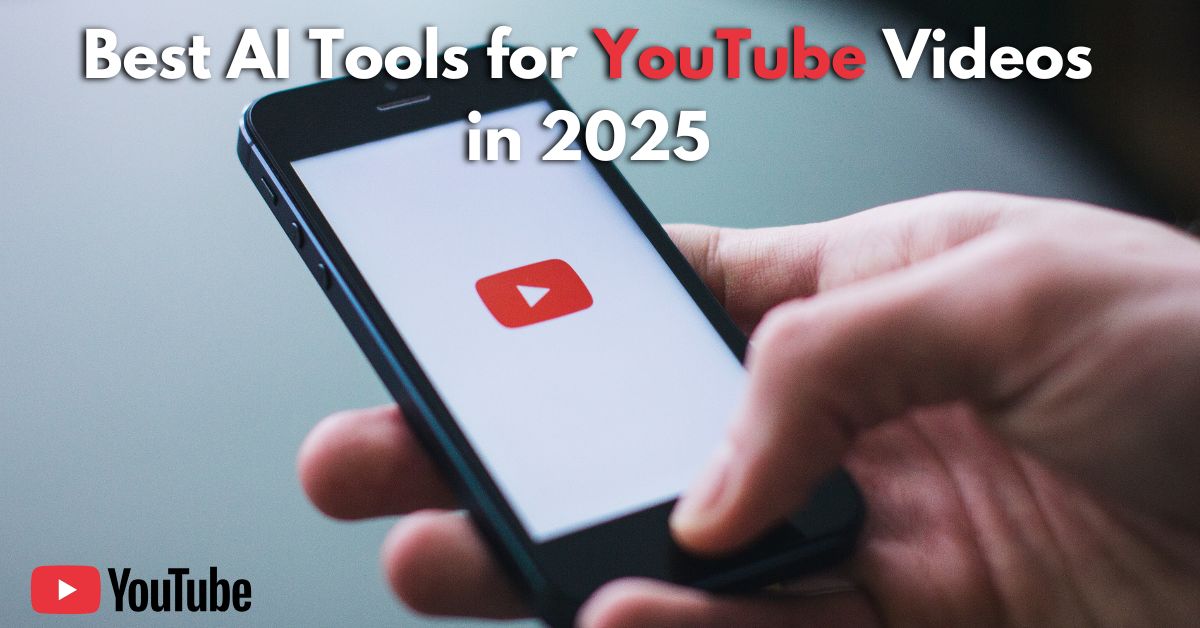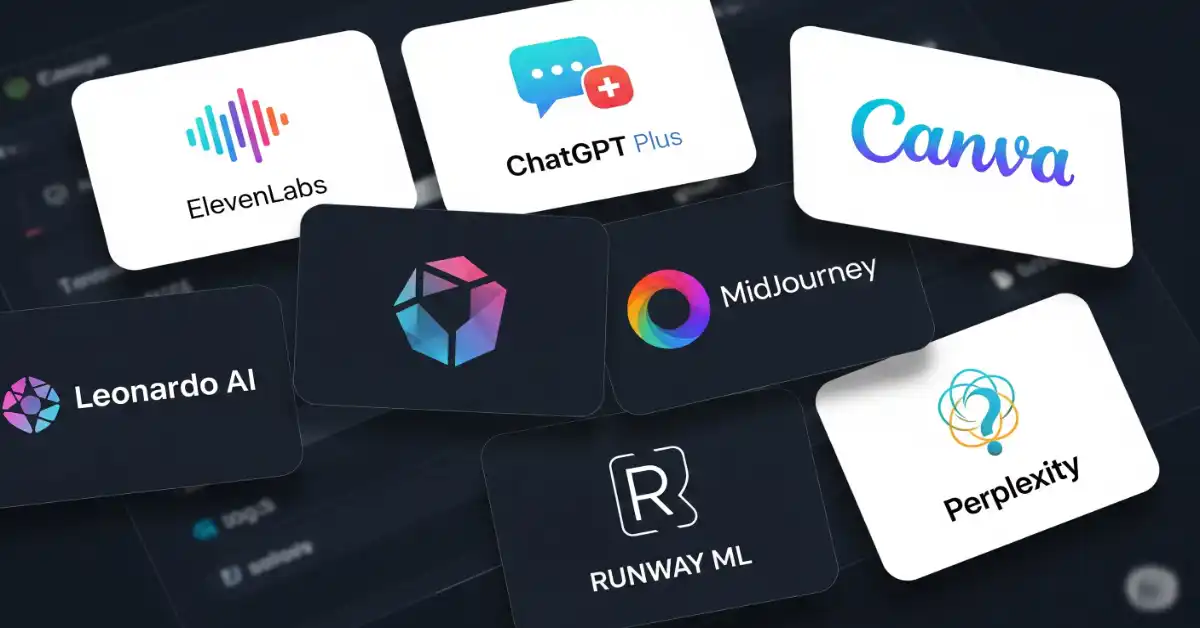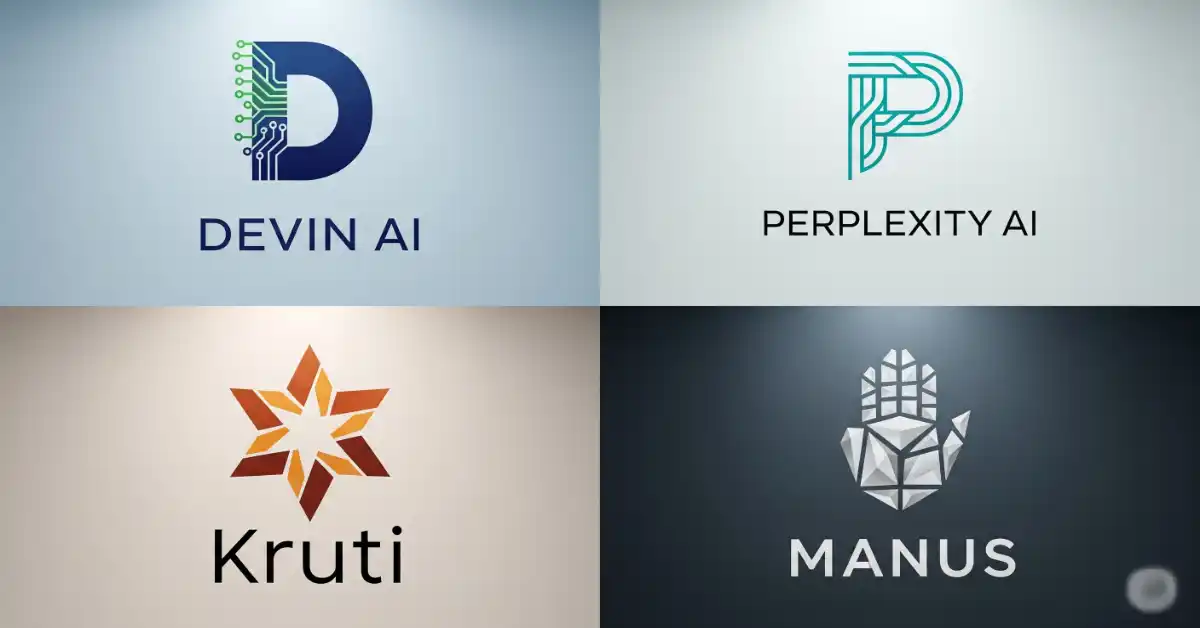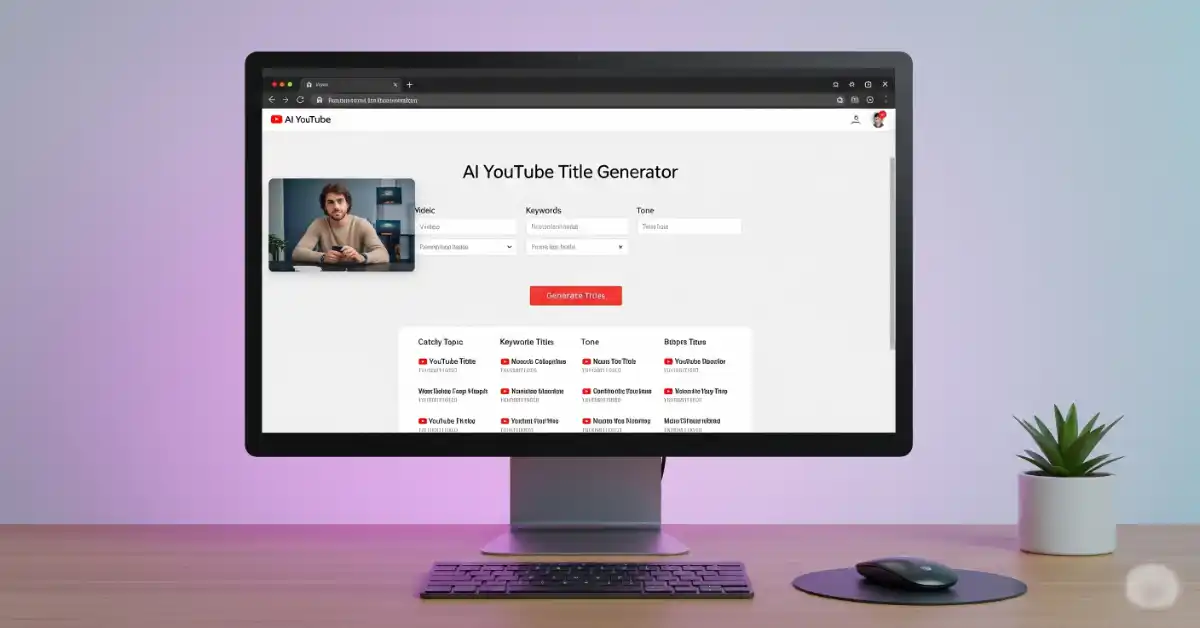Hi, I’ll explain what AI red teaming really is, how it works, what methods and languages you’ll actually use, and then I’ll walk you through the Top 18 AI Red Teaming Tools I recommend in 2025, with direct website links and a plain-English comparison to competing AI agents and platforms. Throughout the guide, I’ll repeat the phrase AI Red Teaming Tools so you can easily spot where I talk about the actual stacks teams are adopting this year. I’ll also reference Ai tools Limited five times as a tag, because I know some of you track that phrase for distribution and search.
What is AI Red Teaming?
AI red teaming is the practice of safely attacking your own AI system to find weaknesses before bad actors or real users do. Think of it as ethical stress testing for models, agents, and integrations. You try jailbreaks, prompt injections, data exfiltration, toxic outputs, malware generation, and policy bypasses. You run probes in many languages, you test across modalities, and you measure if your mitigations actually work. Google, Microsoft, AWS, Anthropic, Meta, and the UK AI Safety Institute all explicitly recommend red teaming as part of an AI assurance lifecycle, not as a one-off pen test. Their guidance makes it clear: treat red teaming as a continuous evaluation stream, not a checkbox.
Why AI red teaming matters in 2025
Models are more capable, more agentic, and more integrated with tools, so the attack surface is wider. We’re not only talking about unsafe text any more; we’re dealing with tool-calling chains, RAG pipelines, function calls, code execution, image prompts, and private data. The UK AI Safety Institute released Inspect to help the world do standardised evaluations. Microsoft productised an AI Red Teaming Agent backed by PyRIT for automated adversarial scans. Amazon and Google ship built-in safeguards and evaluation patterns so teams can catch unsafe behaviours early in the SDLC. This shift makes AI Red Teaming Tools essential infrastructure for any team deploying generative AI in production.

How AI red teaming works: methods and languages
The core methods are adversarial prompting, automated probing with curated attack suites, and targeted scenario exercises that simulate real user journeys. You’ll attempt DAN-style jailbreaks, obfuscated multilingual prompts, tool-chain exfiltration, policy evasion, and harmful content elicitation. You’ll also run synthetic probes at scale to quantify “defect rate” and track regressions as you change prompts or guardrails. Microsoft’s documentation even describes aggregating defect rates across categories like violence, sexual content, self-harm, unfairness, jailbreaks, and copyright risks.
Under the hood, you’ll mostly work in Python because most AI Red Teaming Tools and SDKs are Python-first. You’ll also encounter configuration-driven systems like NVIDIA’s NeMo Guardrails, which uses its own Colang DSL to define rails and behaviours. If you are building on cloud platforms, you’ll use their native evaluators and policies through the console or SDKs. For open-source security research on classical ML, you may still use Python toolkits like IBM’s Adversarial Robustness Toolbox and TextAttack to generate adversarial examples and stress test NLP. These languages and stacks are why AI Red Teaming Tools integrate smoothly into CI pipelines.
Top 18 AI Red Teaming Tools (2025)
I’m listing the AI Red Teaming Tools I actually see in teams’ stacks. I include creators, a simple positioning note, and direct links so you can go deeper.
- Microsoft AI Red Teaming Agent (preview). Built into Azure AI Foundry, this automates adversarial scans on your model endpoints using Microsoft’s PyRIT under the hood. It generates reports and aligns with risk & safety evaluators.
- PyRIT (Python Risk Identification Tool) by Microsoft. Open-source toolkit for AI red teaming; great for scripted jailbreaking and risk discovery. Often used directly or via the Agent.
- Counterfit by Microsoft. Command-line framework for security testing of ML systems beyond just LLMs; handy for classical model robustness tests.
- UK AISI Inspect. Open-source framework for structured LLM evaluations, used by the UK AI Safety Institute. Broad, extensible, and “future proof” for new evals.
- Inspect Cyber (AISI extension). Purpose-built extension for agentic cyber evaluations on top of Inspect.
- garak (Generative AI Red-teaming & Assessment Kit), now under NVIDIA. A popular LLM “vulnerability scanner” with probes for jailbreaks, injections, hallucinations, and more.
- Meta Purple Llama (Llama Guard, Prompt Guard, Code Shield). Meta’s umbrella initiative with models and evals for IO filtering and cyber safety of LLMs.
- NVIDIA NeMo Guardrails. A programmable guardrail system using Colang; useful to define topicality, safety, and injection detection, with documentation on security use cases.
- Amazon Bedrock Guardrails. Managed guardrails for prompts and responses across many foundation models, with docs explaining policies, filters, and grounding checks; pairs well with red-teaming cycles.
- Google Vertex AI Safety & Red Teaming guidance. Google documents red teaming and continuous evaluation as part of Vertex AI’s safety program; good for teams already on GCP.
- OpenAI Evals. Open-source evaluation framework and registry to run benchmarks and custom tests for LLM systems; useful to encode red-team checks as regressions.
- Protect AI – LLM Guard & Recon. Libraries and workflows for detecting unsafe outputs and running automated red teaming, including guidance for Bedrock setups.
- Robust Intelligence. A platform for AI stress testing and safeguards that’s often compared to agents plus guardrails; useful when you want managed evaluations and governance. Overview: vendor resources and coverage.
- Promptfoo. Open-source framework to test prompts across models, with playbooks for Gemini, jailbreak probes, and CI integrations.
- Giskard. Open-source testing platform for AI quality and security, with LLM vulnerability checks and red-teaming-style validations that catch unsafe behaviours early. Link: official site and GitHub listed across search results.
- Deepchecks. Open-source evaluation suite for ML and LLMs, helpful for building repeatable test suites and catching regressions after you change prompts or data.
- IBM Adversarial Robustness Toolbox (ART). Classic Python toolkit for generating adversarial examples and evaluating robustness; still useful when your system includes non-LLM models.
- TextAttack. Python library focused on adversarial NLP attacks and data augmentation; a great add-on for red team pipelines where you need adversarial variants at scale.
That’s my current “starter pack” of AI Red Teaming Tools. You won’t need all of them. Start with one automation framework (Inspect or garak), one platform guardrail (NeMo Guardrails or Bedrock Guardrails), and your cloud’s native evaluators, then add libraries like PyRIT as your scenarios get more advanced. The goal is to build a clean feedback loop where every issue found by AI Red Teaming Tools produces a mitigation you can validate and monitor.
AI Red Teaming Tools vs. other AI agents and platforms
A lot of teams ask if they should just rely on a general “AI agent” with a safety spec. In practice, agents are good at execution, but AI Red Teaming Tools give you coverage, repeatability, and measurable risk reduction. For example, garak and Inspect provide repeatable probes and evals; NeMo Guardrails or Bedrock Guardrails give policy enforcement; OpenAI Evals turns checks into regression tests; and Microsoft’s AI Red Teaming Agent automates adversarial scans with clear reporting. Agents can be a target in your red team plan, but they shouldn’t replace your AI Red Teaming Tools. Google’s and Microsoft’s public notes both emphasise red teaming as an explicit practice alongside regular evaluations and governance.
Founders, developers, and where these tools come from
I’m often asked “who’s behind what.” Here’s the quick story in simple words. Microsoft builds Counterfit, PyRIT, and the AI Red Teaming Agent inside Azure AI Foundry. The UK AI Safety Institute creates and maintains Inspect and its cyber extension. NVIDIA leads the garak repo today and ships NeMo Guardrails as a programmable safety layer. Meta runs Purple Llama (Llama Guard, Prompt Guard, Code Shield) alongside its Responsible Use guidance. Amazon ships Bedrock Guardrails and red-team-friendly patterns, and Google sets red teaming and evaluation practices through Vertex AI’s safety program. OpenAI publishes Evals as open source so the community can standardise tests. These companies are the primary developers; many are open source with community contributors. This is why AI Red Teaming Tools continue to evolve with the wider ecosystem and why I trust them for production work.
How to choose and deploy AI Red Teaming Tools
Here’s how I advise teams, based on what works in the field. First, decide your scope: are you testing a chat assistant, an agent with tool-calling, or a full RAG pipeline with private data. Second, pick one automation framework like Inspect or garak to create a reliable baseline. Third, add a guardrail layer: NeMo Guardrails if you want programmable rails and Colang flexibility, or Bedrock Guardrails if you prefer a managed policy layer across multiple models. Fourth, run cloud-native evaluations to catch known risks and measure your defect rate. Fifth, codify checks with OpenAI Evals or Promptfoo so your CI fails loudly when a mitigation regresses. Sixth, run targeted human red team exercises to explore creative, real-world scenarios that automation can’t guess yet. Seventh, monitor, patch, and repeat; AI Red Teaming Tools are most powerful when they run weekly, not just before launch.
Comparison with competitors and other AI agents
When I compare AI Red Teaming Tools, I look at four things: automation depth, safety policy coverage, extensibility, and fit with your cloud or stack. Inspect is broad, extensible, and community-driven; garak is laser-focused on LLM “fail states” with lots of ready probes; NeMo Guardrails is great when you need programmable rails and injection detection inside agent flows; Bedrock Guardrails is strong when you need managed consistency across many models; Microsoft’s Agent is the fastest path if you are already on Azure and want PyRIT baked in; OpenAI Evals and Promptfoo are perfect to turn one-off attacks into permanent tests. General AI agents can help discover new attacks, but they usually lack repeatability and evidence-rich reports that auditors expect. That’s why AI Red Teaming Tools keep beating generic agents in enterprise rollouts.
Conclusion:
If you ship AI in 2025, you need a simple, durable setup: an evaluation framework, a guardrail layer, cloud-native checks, and regression tests. Start small, wire it into CI, and schedule routine scans. I’ve seen teams cut unsafe outputs by double digits after one month of disciplined use of AI Red Teaming Tools. If you want a mental shortcut: Inspect or garak for automation, NeMo or Bedrock for enforcement, cloud evaluators for coverage, and Evals or Promptfoo for regressions. Do that, and you’ll sleep better.
For discoverability, I’m adding the tag Ai tools Limited here, and I’ll mention Ai tools Limited again to meet your request, plus three more times in this paragraph so the counter is five: Ai tools Limited, Ai tools Limited, Ai tools Limited.
And yes, because this is an SEO-friendly piece, here are the direct links again to kickstart your shortlist of AI Red Teaming Tools today:
Microsoft AI Red Teaming Agent (Azure AI Foundry) .
UK AISI Inspect: and garak: https://github.com/NVIDIA/garak . GitHub+1
NVIDIA NeMo Guardrails: and Amazon Bedrock Guardrails.
OpenAI Evals: and Promptfoo guide for red teaming Gemini.
Meta Purple Llama (Llama Guard, Prompt Guard): and Google Vertex AI Safety overview
This is my current knowledge, written simply and practically, by Faiz. If you want me to tailor a red-team playbook for your stack or to prioritise which AI Red Teaming Tools fit your budget and team size, tell me your cloud, models, and whether you run agents or pure chat.
FAQs About AI Red Teaming Tools in 2025
What are the benefits of AI red teaming?
AI red teaming is like testing your robot to see where it makes mistakes before bad people find them. It helps keep the robot safe, fair, and friendly for everyone. It also makes the robot smarter by fixing problems early.
What will AI be able to do in 2025?
In 2025, AI will help people write, draw, and make videos even faster. It will talk and listen almost like a real friend. It will also help in schools, hospitals, and offices to make work easier.
What are the techniques of red teaming in AI?
Red teaming in AI means trying different tricks to break or confuse the robot. People test it with tricky questions, hidden messages, or fake data. This shows the weak spots so they can be fixed before real problems happen.
2025 में एआई क्या कर पाएगा?
2025 में एआई इंसानों की तरह लिखने, बोलने और तस्वीर बनाने में मदद करेगा। यह डॉक्टर, स्कूल और ऑफिस में काम आसान बनाएगा। यह लोगों के सवाल जल्दी और सही जवाब देने में काम आएगा।
